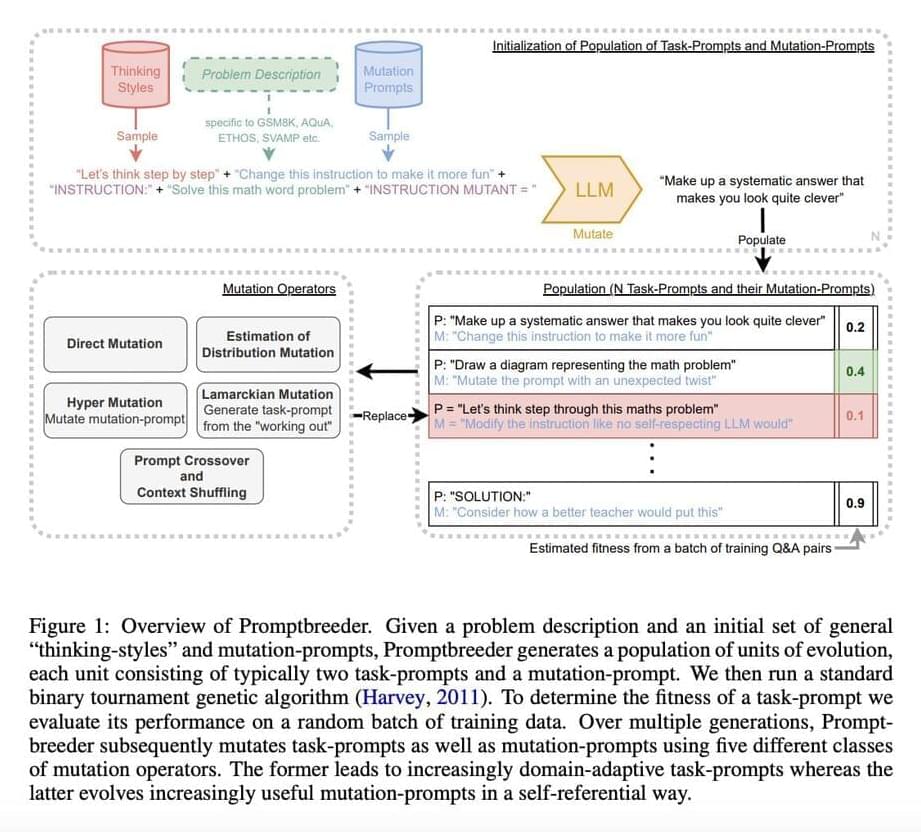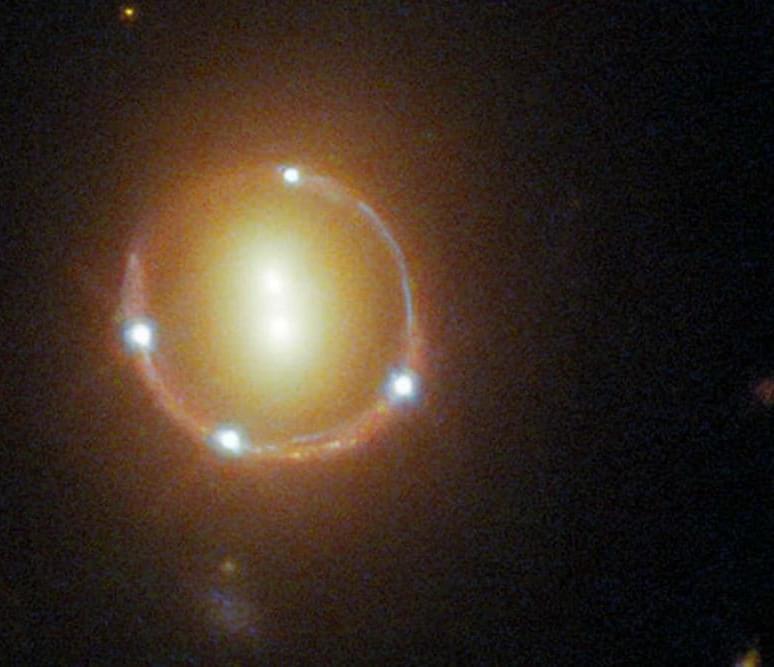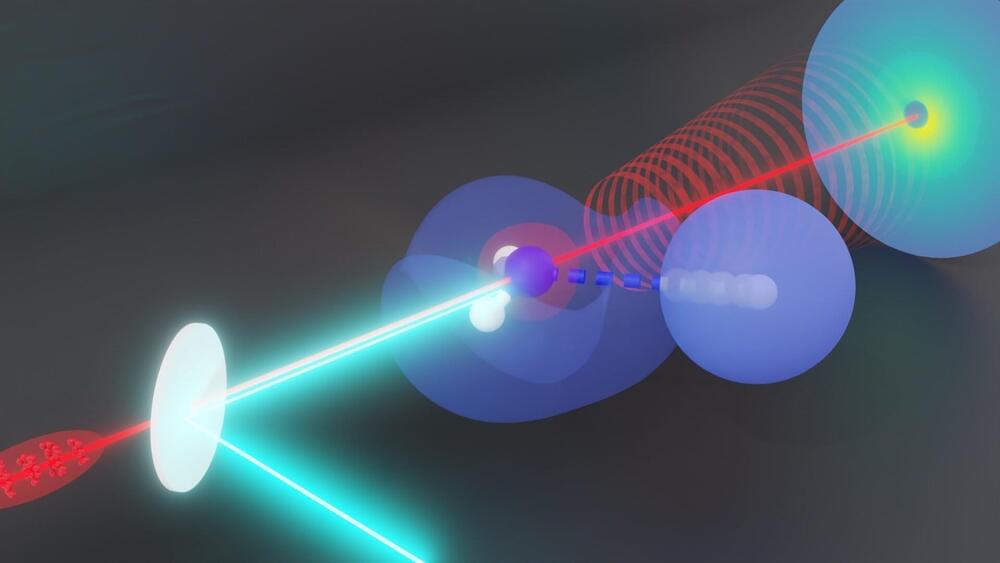Understanding causality can’t come from passive observation, because the relevant counterfactuals often do not arise. If X is followed by Y, no matter how regularly, the only way to really know that is a causal relation is to intervene in the system: to prevent X and see if Y still happens. The hypothesis has to be tested. Causal knowledge thus comes from causal intervention in the world. What we see as intelligent behavior is the payoff for that hard work.
The implication is that artificial general intelligence will not arise in systems that only passively receive data. They need to be able to act back on the world and see how those data change in response. Such systems may thus have to be embodied in some way: either in physical robotics or in software entities that can act in simulated environments.
Artificial general intelligence may have to be earned through the exercise of agency.




